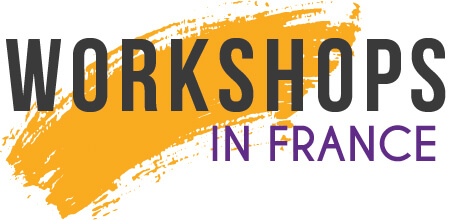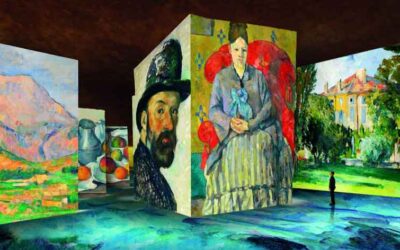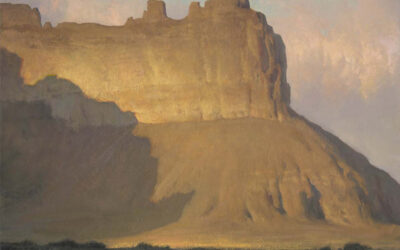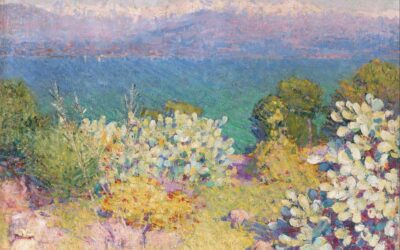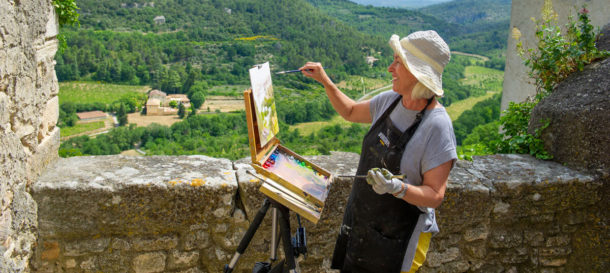
Scholarship Program 2020
Once a year, we offer a scholarship to one of our exclusive workshops. The recipient is an up-and-coming artist faithfully chasing their future goals. We do this because we’re very interested in inspiring those who are dedicated to painting and pursuing lives as working artists.
Introducing Our 2020 Scholarship Program Recipient
The recipient of the 2020 Workshops In France scholarship is…(drumroll please)…Emiliano Marini of Amelia, Terni, Italy!
Interestingly, Emiliano lives just half an hour from Civitella D’Agliano, where Julie, one of the organizers at Workshops in France, did her art residency in 2016. She says it’s an incredibly beautiful place.
Emiliano is impressive in many ways and has set great goals for himself as an artist. We decided to interview him to hear about life as an artist today in Italy. Here’s the Q. and A. we conducted with him after we chose him as our 2020 scholarship program recipient.
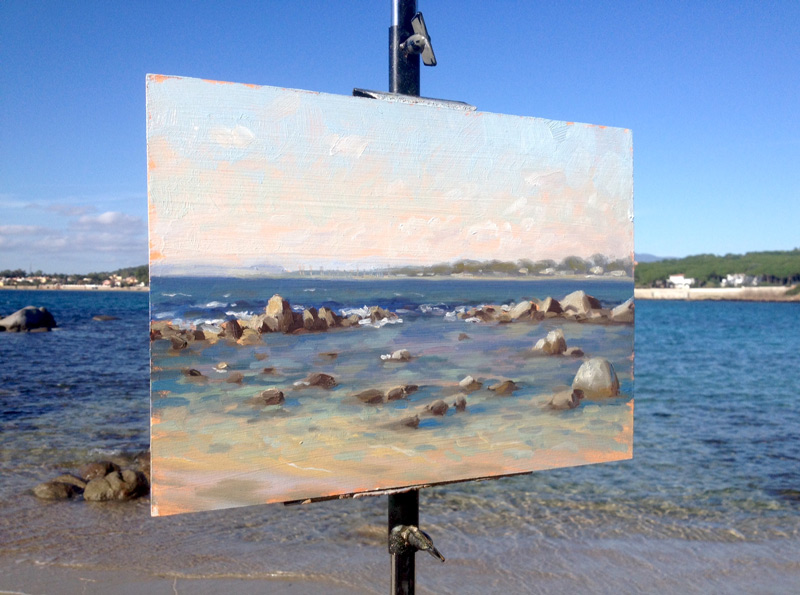
WIF: What was the first piece of art that you remember making, and do you remember making any decisions concerning art?
EM: As a child, I was always drawn to the visual arts and I dedicated a great deal of time to drawing. My first real “artwork,” for lack of a better term, was a landscape of my hometown completed with coloured pencils; my teacher at the time liked it so much that she asked if she could keep it.
Later on, I fell in love with the French Impressionist movement that we learnt about at school, and whenever I painted as a teenager, I made a conscious effort to emulate the loose brushstrokes typical of the artists I admired. While I have since studied other methods of painting, I am still drawn to the idea of capturing the “impression” of a moment or a scene.
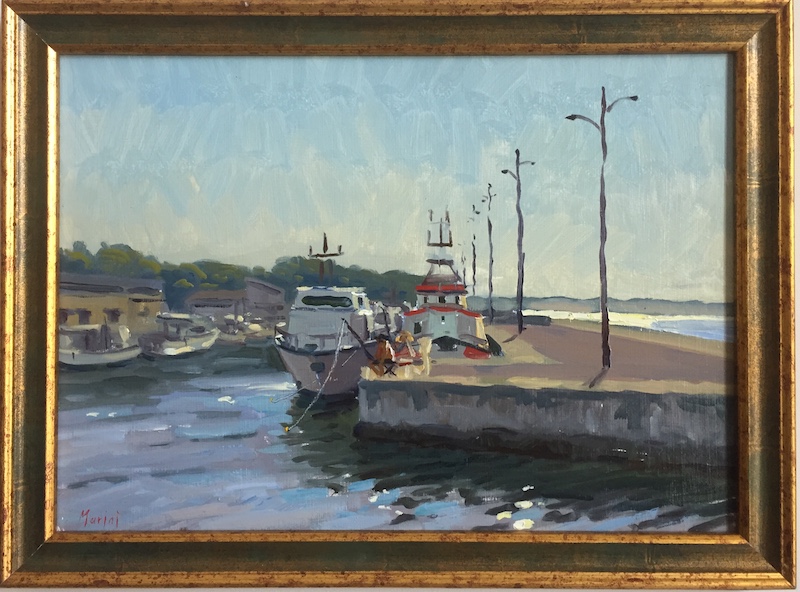
WIF: What is the greatest challenge in your field of work?
EM: What I find most challenging when creating an artwork is going beyond the technical side of things and really evoking the atmosphere of the place I am painting. When it comes to portraiture, encapsulating the character of the sitter while also creating a likeness can also be exceptionally hard.
On a more practical note, living and working as a figurative artist nowadays is more challenging than ever, at least in Italy. While it is true that social media has allowed us to directly connect with the public as well as with other artists, finding a market for our work can still be difficult, especially as art is often considered a luxury.
WIF: When do you know a painting is finished?
EM: I think that every artist has a different idea of what constitutes a ‘finished’ painting. Personally, I consider a painting complete when the tonal values and shapes are correct, and when I have added just enough detail to bring the picture to life.
WIF: Have you shown your work in any exhibitions in the last three years?
EM: My paintings have been on display in three different cities over the last couple of years. Two years ago, the atelier (studio) Regoladarte in Amelia, Italy exhibited several of my still life paintings and landscapes. More recently, my works have been on show at Il Mar di Felice, a restaurant in the historical centre of Ravenna that frequently features young artists, and a couple of picture framers’ shops in Ravenna and Cagliari.
My main priority over the last few years has been to study, which is why I have not yet collaborated with many galleries.
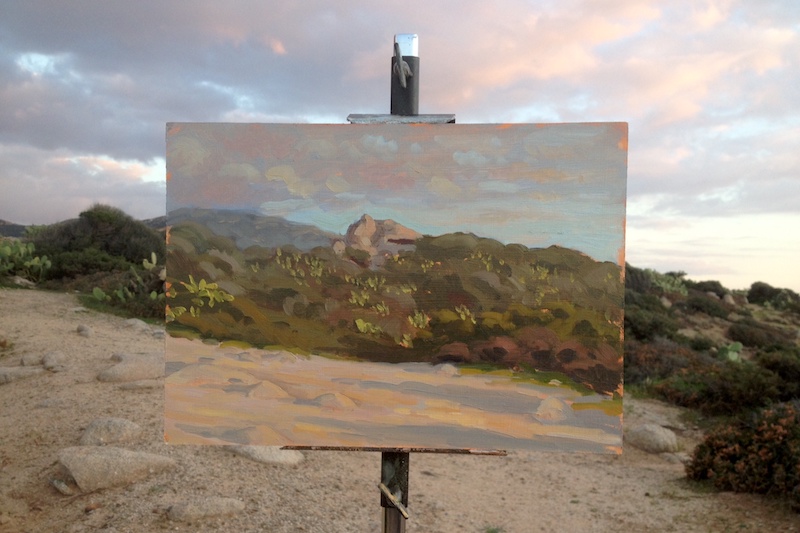
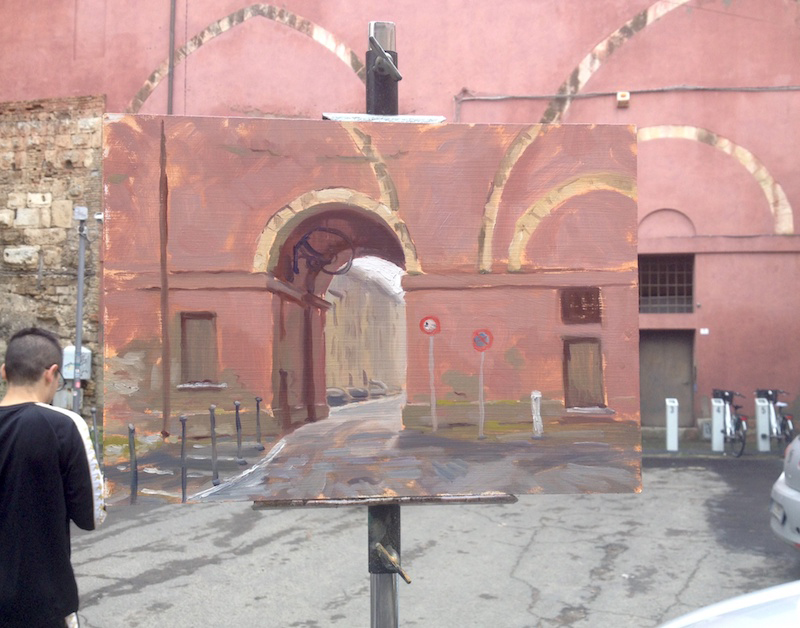
WIF: What are your long-term goals?
EM: In the long term, I hope to establish myself as a full-time artist and begin taking on students, working alongside other artists and exhibiting my work in galleries in Italy and abroad. One of my main priorities in the future will also be the creation of a studio for young painters interested in figurative art, specifically those who may not have the means of attending a more prestigious and expensive academy but would nonetheless like access to high-quality training. I am particularly passionate about bringing traditional art methods back to my home country, where it is incredibly difficult to find classically-trained teachers and the practice of painting from life has nearly disappeared.
WIF: Which artists, living or from the past, have had the most impact on you, and why?
EM: It is hard to say which artists from the past have had the biggest impact because so many of them have influenced my work. Living in Italy, I’ve been able to visit a number of museums and art galleries. The chiaroscuro (3-dimensional technique) work of Caravaggio; the alla prima (fast “first impression” technique) portraits of Velasquez and Franz Hals; the light and colour in Rembrandt’s paintings; all have contributed to my personal style. My favourite century in art has undoubtedly been the 1800s, however, and I am particularly inspired by the works of the Italian group of artists called the Macchiaioli (for example Signorini, Fattori), the genius Mancini, as well as the artists Sargent, Sorolla and Zorn, all of whom I believe were able to capture their surroundings with an incredible sense of “freshness.”
The contemporary artists who have been most influential to me are Marco De Sio, a talented Italian painter who introduced me to painting from life; Marc Dalessio and Peter Brown, whose paintings and tutorials inspire me daily; and Alex Tzavaras, who is not only an excellent young artist but also a wonderful teacher.
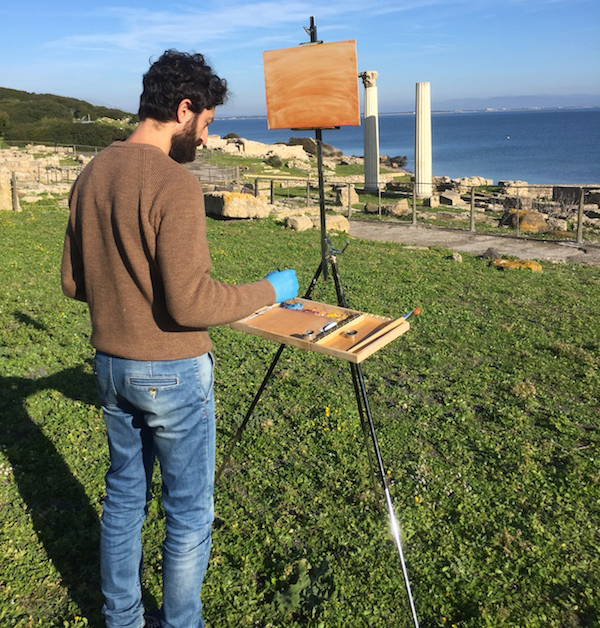
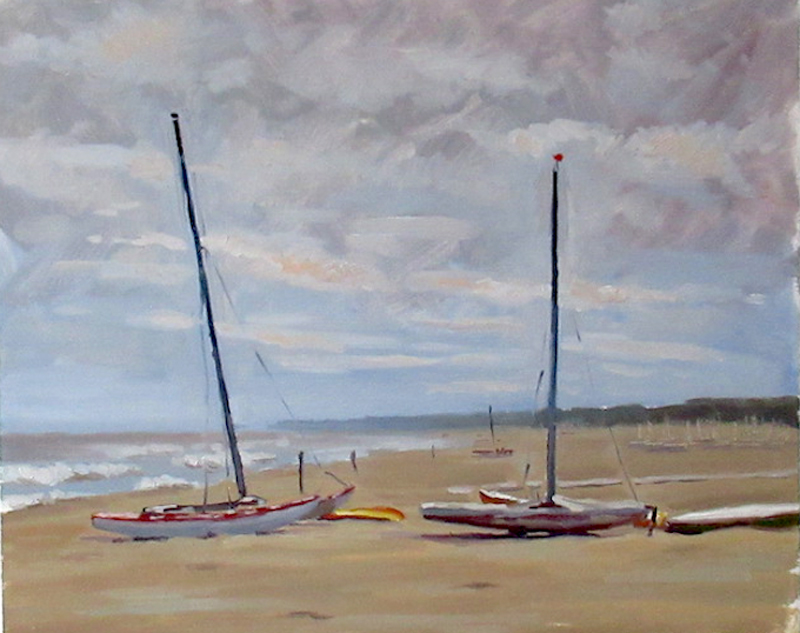
WIF: What most inspires you to come to France to paint with us, and why?
EM: The quality of the workshops on offer was what first drew me to Workshops In France. In 2020, I’ll be attending the workshop conducted by Susan Lyon and her husband Scott Burdick, both of whom I admire and whose careers I have been following for some time now. The opportunity to study with such wonderful artists does not come by often, and I’m already counting down the days until the workshop starts.
Another massive drawcard is the location. I’ve always wanted to travel to the south of France, which is renowned for its beauty, and to paint the landscapes that inspired some of the greatest artists of the modern era.
WIF: How do you think that studying with Susan Lyon will impact your practise as an artist, and how will you use the experience in the future?
EM: I think that the experience with Susan Lyon will improve the way I approach a portrait or figure in general, from the choice of materials and the initial drawing all the way through to the final details. I’m particularly keen to learn how she uses soft and sharp edges to direct the viewer’s eye to the focal point of her paintings, and how she creates a sense of movement in her work through her varied brushstrokes.
WIF: One of the purposes of offering a workshop is to expose the scholarship student to other artists who are established, professional or who just want to pursue art for the long term. Do you have any thoughts on making these types of contacts?
EM: I’m always looking to meet other artists to share my painting experience with, regardless of whether they are students or professionals. Hearing about other people’s painting methods motivates me to examine and revise my own technique, and I often incorporate what I learn from others into my daily practice.
WIF: How is your English so perfect? Where did you learn the language?
EM: It isn’t perfect! I’m fortunate enough to have an Australian girlfriend who looks over my work and corrects my mistakes. I did live and work in Australia for a year, though, which is where I learnt most of what I know. At the moment, I’d say my English is at an intermediate level, but I’m practising every day so that I’ll be ready for Susan Lyon’s workshop!

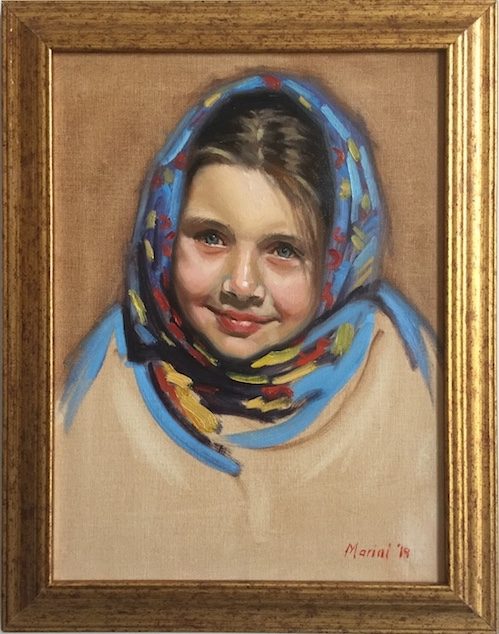
We thank everyone who applied! If you weren’t chosen, please feel free to apply again, as we’ll be choosing another recipient in 2021. The application process is open all year. Contact [email protected] for an application.
Check out more blogs about art workshops, tips and hacks for artists traveling in France and Scotland.
Cézanne in the magnificent Carrières de Lumières
The Carrières de Lumières presents different artists every year in a surreal and fabulous audio-visual setting at Les Baux in Provence, and the tribute in 2021 goes to Cézanne and Kandinsky.
Josh Clare: Saints at Devil’s Gate and the Mormon Trail
Josh Clare, Saints at Devil’s Gate, The Mormon Trail. An American Painter's Spiritual Journey. A Leap of Faith. Josh Clare took an enormous leap of faith when he became involved in an extensive project with two other artist friends. This particular project spanned a...
Discovering John Peter Russell: The Lost Impressionist
Why is it that John Peter Russell is known as Australia’s lost Impressionist? Despite being a gifted painter who landed in Paris at the center of the Impressionist movement today he remains virtually unknown. He was well connected with friends like Monet, Van Gogh, Rodin and more
